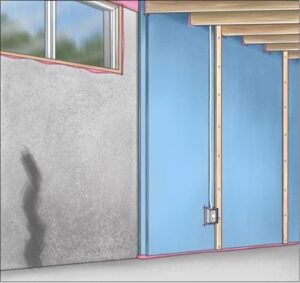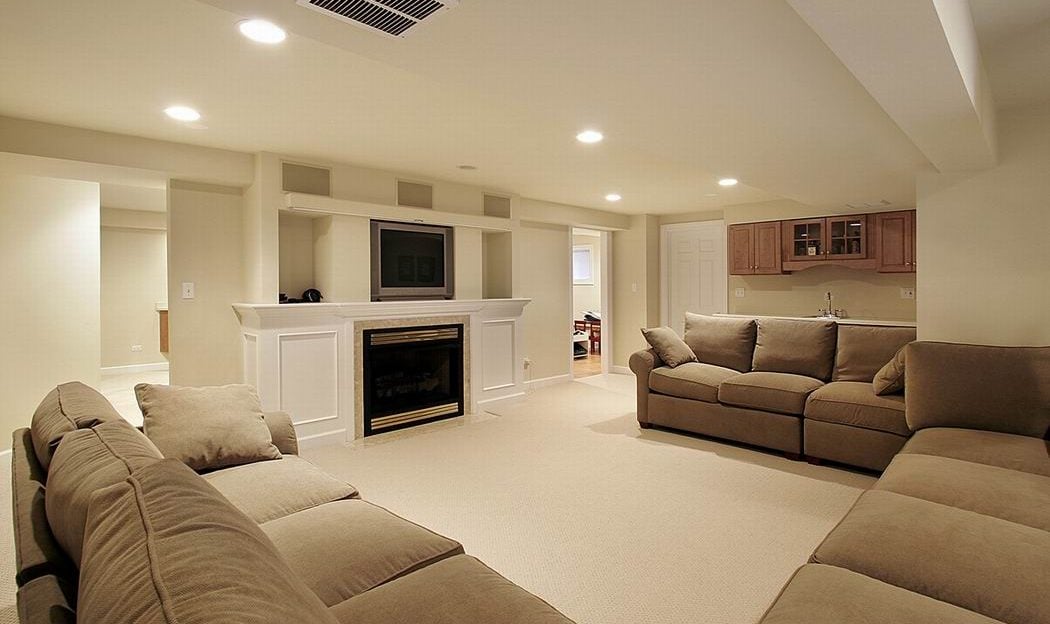I get many questions from readers and am happy to offer answers. Here are a few recent basement Q&A queries.
Backwater valves
Q: Is it a good idea to install a backwater valve to protect my basement from sewage backup? I live in Ottawa and I’m considering this upgrade.
A: The short answer is yes.
A backwater valve is a great upgrade for most homes connected to a municipal sewage system. It’s installed in the main outgoing sewage line from your house, and it allows sewage to flow only out of your home, not back in.
Depending on the design of the municipal system you’re connected to and your location relative to the height of surrounding land, a failure of the municipal system could allow thousands of gallons of raw sewage from other homes into your basement.
Most often this happens in the basement where the main floor drain is located, but sewage can back up and spill out in other places, too. Many homeowner insurance packages include coverage for this sort of damage, but you’re much better off never having to make a claim like this in the first place.
Installing a backwater valve requires access to the main drain pipe as it exits the basement floor. This involves breaking up the concrete in a small area around the pipe, as it sits below your basement, then cutting this pipe and installing the backwater valve so all sewage flows through it. If the flow of sewage is reversed, then the backwater valve will prevent it from entering your home.
It’s fairly easy to replace the concrete after the backwater valve is installed, too.
Is all this a hassle? Yes, but it’s a small price to pay to prevent the kind of sewage disaster that affects many homes every year.
Want to learn more about how backwater valves are incorporated into basements, and how basement drain systems work? Check the video tutorial below. It’s part of my homeowner course on finishing basements the right way.
Levelling a concrete floor
Q: What’s the best way to level a concrete basement floor in my 1931 house? The space is dry and in good shape, and I’m planning to install basement subfloor tiles as part of a campaign to finish the space.
A: Tile-type basement subfloor systems come with shims to allow you to level slight unevenness, but a basement from the 1930s probably needs more than just shims.
You mentioned that your floor is in good shape, so you can start by assessing the floor for flatness following the methods shown in the video here:
Notice I didn’t use the word “level”, but rather “flat”. Many concrete basement floors are intentionally sloped for drainage, and it’s virtually impossible (and unnecessary) to make them truly level.
The main thing is that your concrete floor be flat. Laminate flooring, luxury vinyl plank floor and large format ceramic tiles, for instance, require that a floor be flat within one-quarter inch or less over a 10-foot radius.
If your floor is close to this degree of flatness but not quite there, you can improve things with self-levelling flooring compound. This is a powder that you mix with water into a slurry that’s liquid enough to flow nicely and seek its own level.
Does your initial assessment show that you have more than an inch of depth to fill to make the floor flat? If this is the case, consider doing an initial levelling jobs with mortar and a bonding agent. This is a cheaper way to fill deep areas, followed by self-levelling flooring compound as a final step.
Watch the video here for tips on using mortar to flatten a basement floor:
Insulating a basement
A: The standard method of insulating a basement is to build stud wall frames against the foundation walls, stuff them with some kind of batt insulation, then cover everything with clear plastic.
I strongly recommend against this, even if it is cheap and widely used. The slightest moisture vapour (not to mention liquid water) coming through the foundation wall will trigger mould growth and mustiness inside the wall frame. It’s like storing a wet towel in a plastic bag.
This sort of thing happens all the time and this is why so many finished basements smell musty. Watch the video here for an explanation of why stud frames and fibre insulation is so risky in basements:
 The most economical and safe way to insulate a basement is with sheets of rigid foam applied to the walls and held there with wood strips. The strips anchor to the wall with screws driven into pre-drilled holes in the concrete, and the strips hold the foam secure.
The most economical and safe way to insulate a basement is with sheets of rigid foam applied to the walls and held there with wood strips. The strips anchor to the wall with screws driven into pre-drilled holes in the concrete, and the strips hold the foam secure.
Even with this method, it’s very important that your basement be completely dry all the time. Never finish a basement that has the slightest water leak, but if some water should leak unexpectedly, it won’t be nearly as bad with impervious foam on your walls.
Does your basement have fibre insulation in plastic covers on the walls? This is common with newer homes and it’s what builders do when they want to meet minimum building code standards with minimal cost.
Watch the video below for a strategy that makes good sense if you’ve got some of that common “builder’s blanket” insulation on your basement walls.
Related
Finish your basement with these top mould-busting tips

